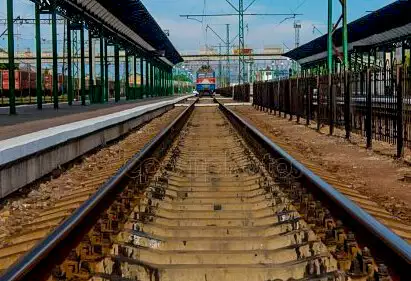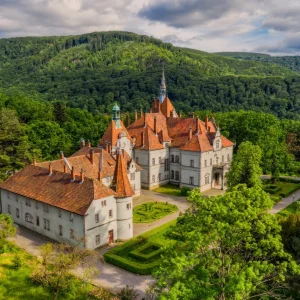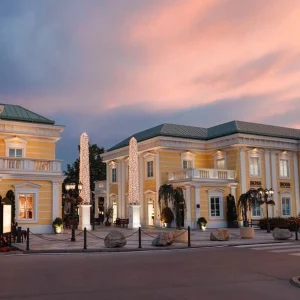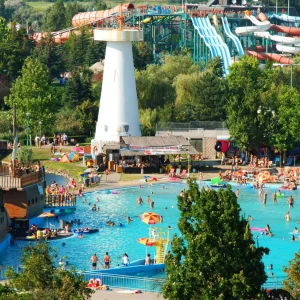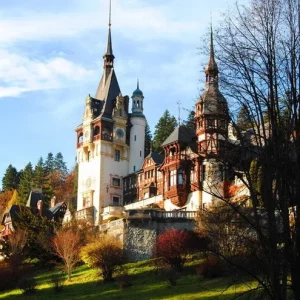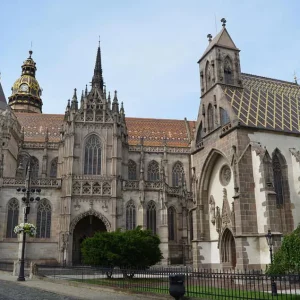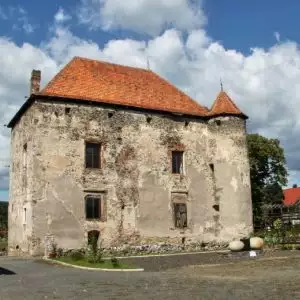History of the city of Chop
In 1514, the inhabitants of Chop took part in the peasant uprising that swept Hungary. Of the 32 villagers who took part in it, only one managed to survive. In the 16th century, Chop was often attacked by Turks and Tatars. In the 18th century, Ferenc II Rákoci built a waterproof earth dam in Chop, which saved people from floods.
Starting from 1872, Chop began to develop rapidly. This was facilitated by the fact that the Debrecen-Mukachevo railway line passed through it. Since then, Chop has become a hub station, connecting the countries of Western Europe with Ukraine. At the beginning of the 20th century, the population of Chop was 1,800 people. More than two-thirds of them worked on the railways. At the same time, a school and a library were opened in Chop.
During Soviet times, a brick and tile factory, a textile and haberdashery factory, and a household service plant worked in Chop. In the 1980s, a new railway station was built, at that time 2 hospitals, polyclinics, 2 schools, and 5 libraries were already operating.
In 1957, Chop officially became a city. According to the legend, Joseph Stalin had a hand in this, who stopped there on his way from the Potsdam Conference. It is said that after his visit to Chop, Stalin declared that it should be a city, not a village.
